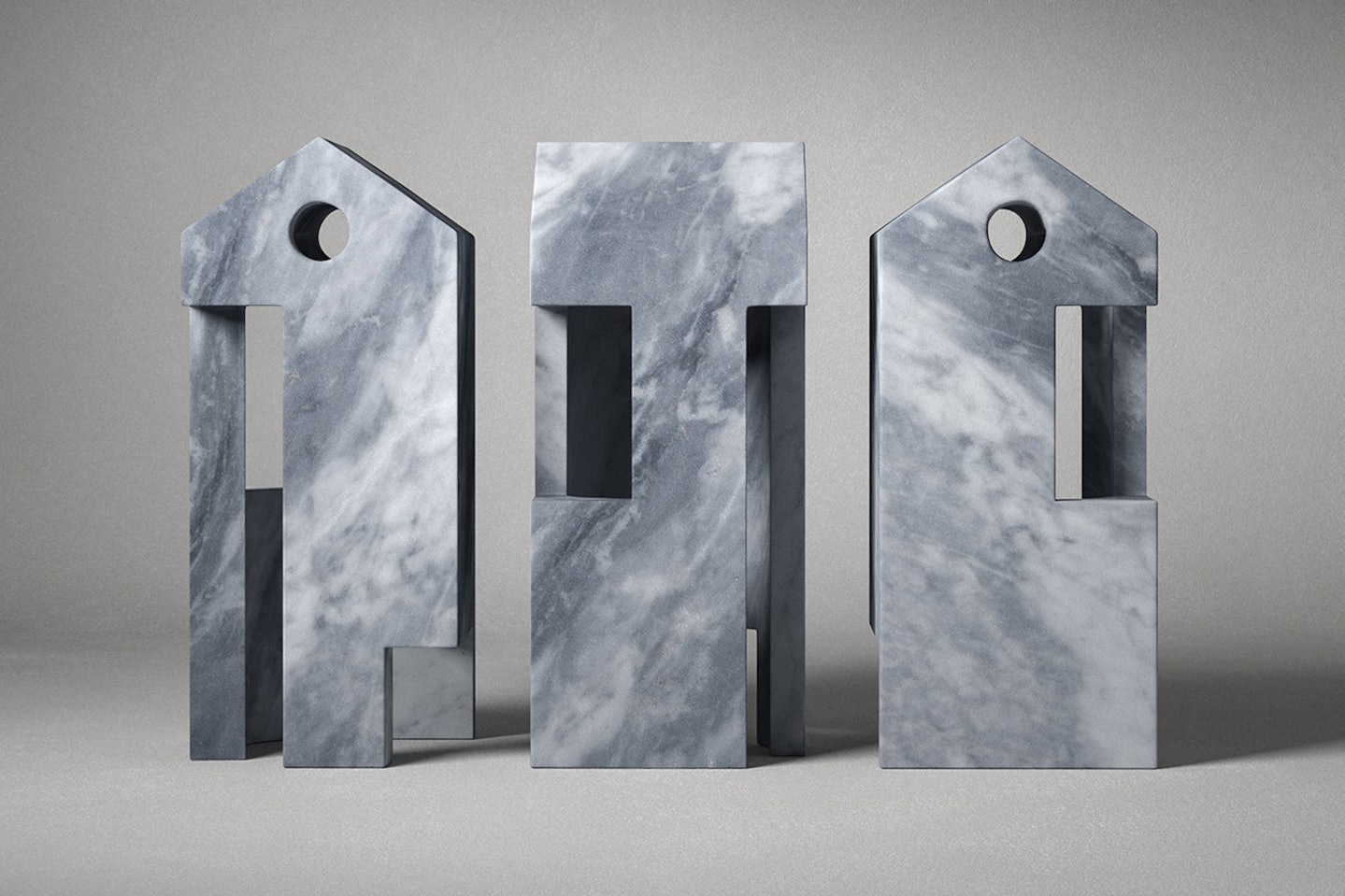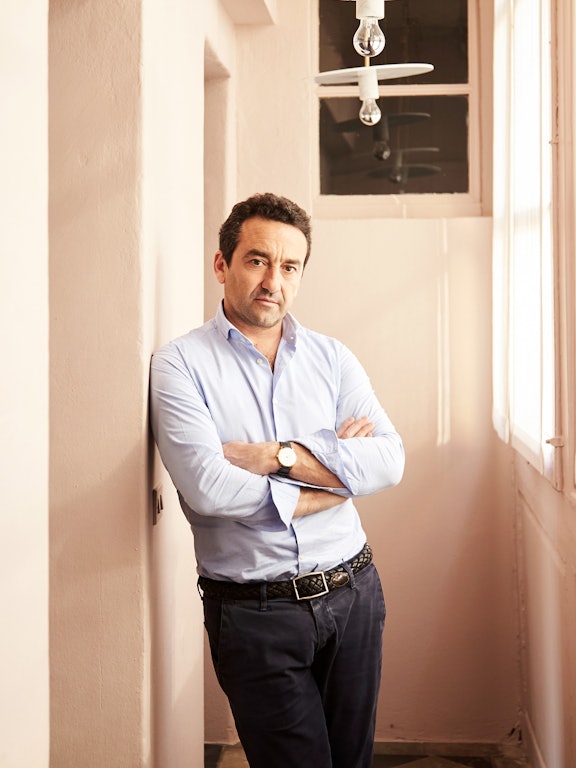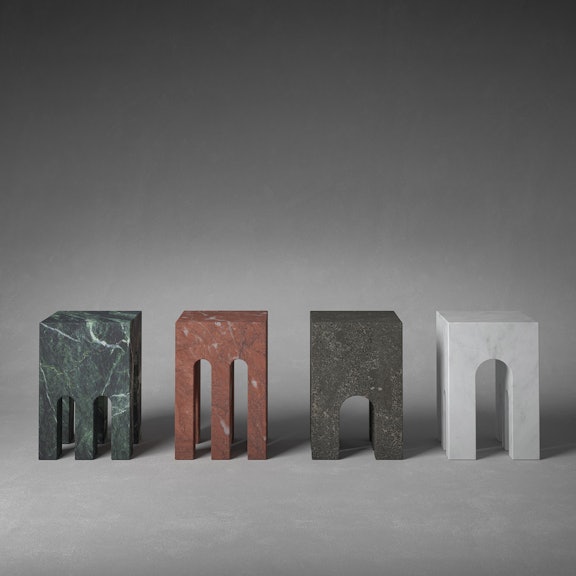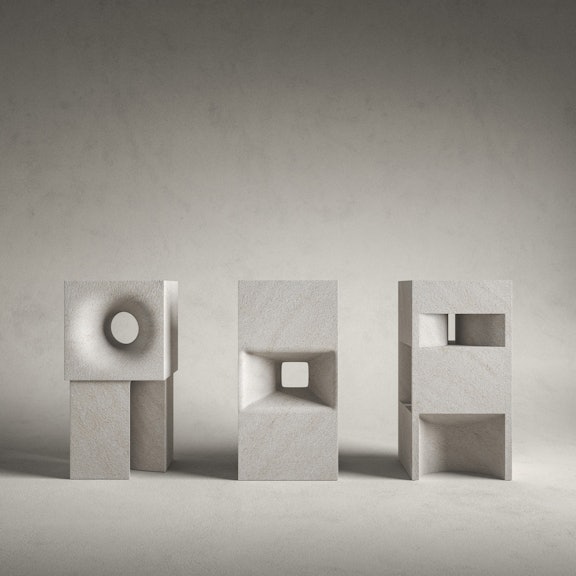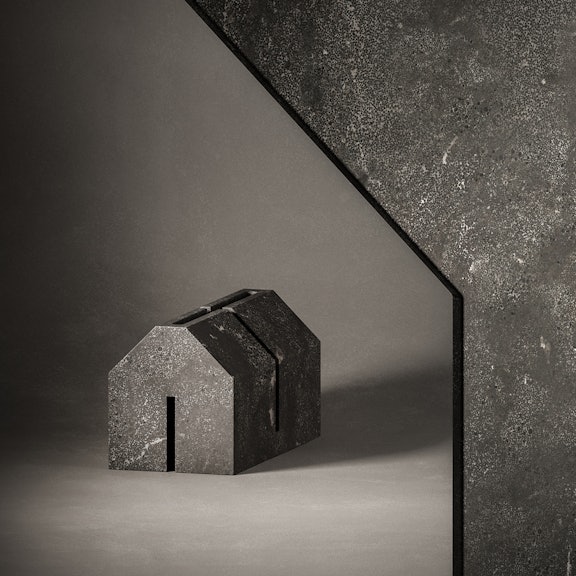The Village Collection by Salvatori: An interview with Piero Lissoni
03.2022
Discover Piero Lissoni's contribution to The Village in this exclusive interview
We speak with Piero Lissoni about his contribution to The Village collection
We are perhaps accustomed to think of values as some sort of intangible concept that are everlasting but, at the same time, far removed from our daily life. And yet, these very values guide every step we take, every choice we make, and they have emerged stronger after the extraordinary changes the world has faced in these past few years.
The Village is a personification of such principles, bringing them to life through interpretations of a place that is central to our wellbeing, a place that nourishes our soul and protects us. That place is our home. We invited leading names from the international world of design to express what the word – and concept – “home” means to them, and the result is as fascinating and varied series of miniature houses in natural stone.
Home is a welcoming place, the centre of conviviality and where we spend time with our loved ones. It is a safe refuge that protects us from the outside world, a place where we hope and where we dream. Last, but not least, it is a space where we can create the perfect aesthetic that expresses our tastes and lifestyle.
This eclectic and multi-coloured miniature village continues to grow, with the newest arrival, Lighthouse. It comes courtesy of Piero Lissoni, a long-time friend and collaborator who has designed a host of popular Salvatori products, from our Stone Parquet and Raw textures to the versatile Pietra L collection.
Made from Grigio Versilia, a cool grey marble with striking swathes of white veining, it is designed to house a candle, creating a fascinating interplay of light and shadow. Lissoni’s contribution represents a beacon of light that guides us safely through the everyday storms we face, in a metaphorical interpretation of the lighthouses that have guided sailors throughout the centuries.
Just as special moments shine through turbulent times to remain in our memory, we should also experience a slight sense of unease when faced with a metaphysical representation of a positive concept and the design of Lighthouse does just this.
We talk to Piero Lissoni about his involvement in the The Village and the thinking behind his design of Lighthouse.
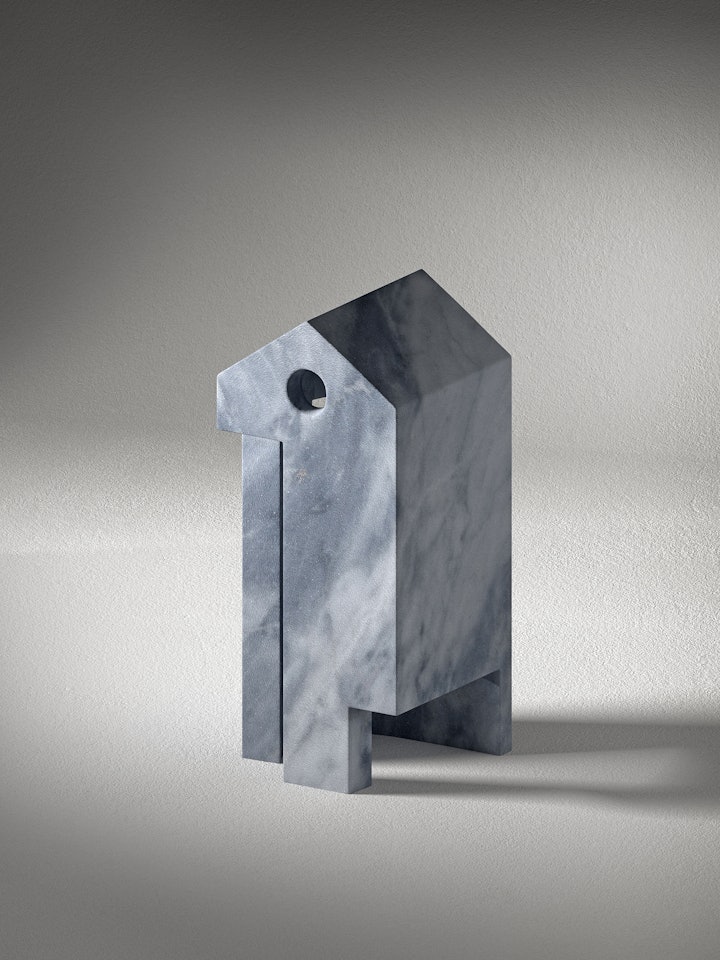
How do you see design within the context of natural stone?
Design should take on the characteristics of the material it is made from. So, even in the case of natural stone we should consider it only as a simple adjustment. Lighthouse is specifically designed to respect its material.
Speaking about The Village, in your view, how is design linked to our special places, those places we hold dear to our hearts?
I always start from an architectural standpoint, so for me design is just architecture on a different scale. I tried to scale down the architecture even further so that it became a type of small model to construct a kind of ideal small town.
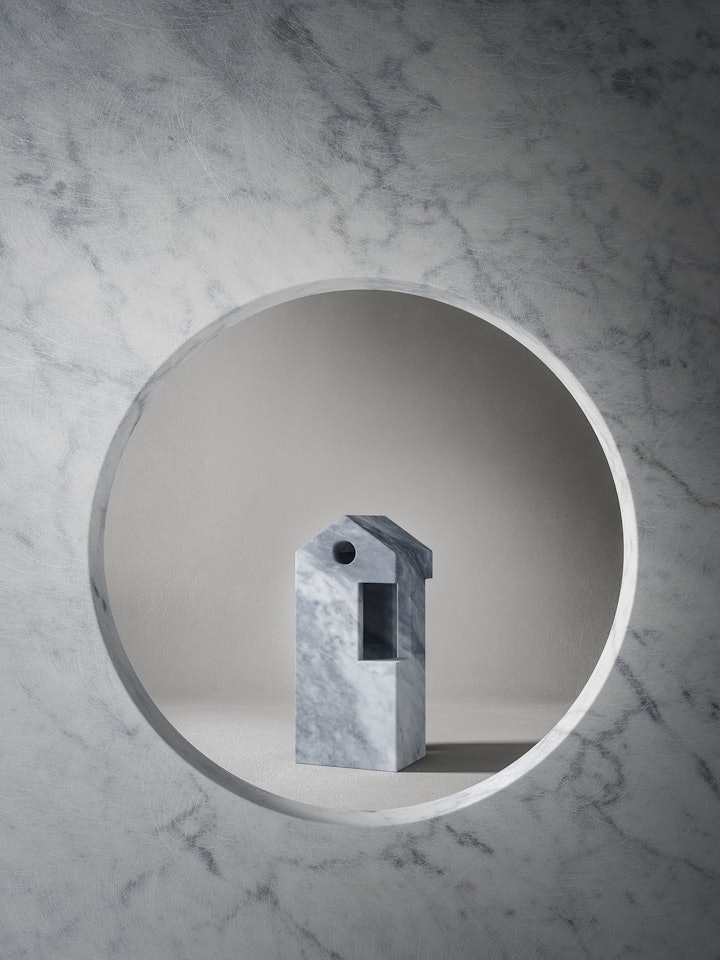
What principles guided you in designing your sculpture for The Village?
Lighthouse is the result of a fusion and coming together of a number of pieces of architecture I have designed. But it’s not just a miniature house, it’s also a lamp because if you place a candle inside it becomes illuminated. There is a total overlap between the material object and its meaning, to such an extent that the light becomes almost disconcerting. Which is as it should be in these things. Like the other houses in The Village collection, this one is slightly metaphysical, and these objects should be a bit unsettling.
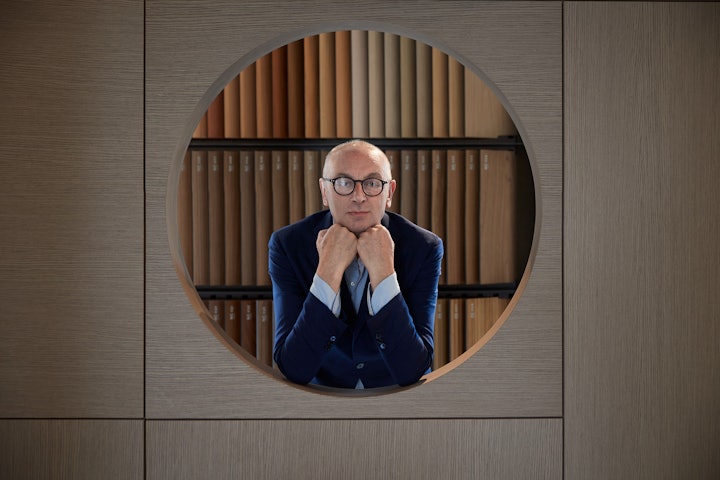
How do you see the role and contribution of sustainability in the future of design?
We need to adapt to the material we use in the best way possible and use a specific material because it is the only one suitable for the design or object. Evaluating the specific properties of any material is a key element in sustainability within design.
The Village collection emerged from the world-shifting events of 2020 as a response to the extraordinary transformations we all experienced during those months. Amidst the turmoil and difficulties, however, there were positive elements and sensations, and we wanted to find a way to tell that story through the medium of design.
